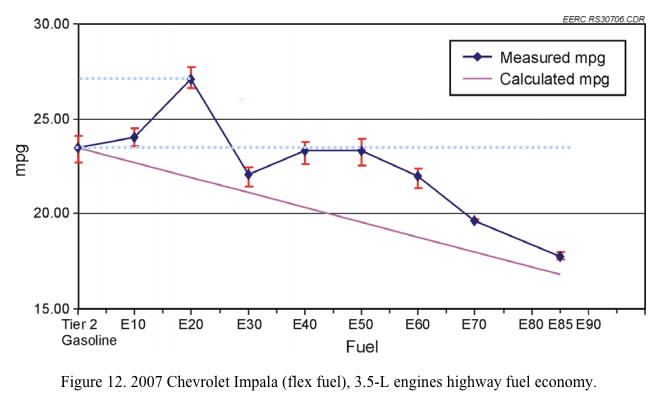Open Letter to the World's Automobile Companies
February 3, 2013
This is a plea to the world's auto industry. As you must be aware the world has changed and is now going down the new path. This path is a perilous one. It treads the dual abysses of oil supplies and global warming. But this is not the only path it can take. It can set the world up to move off oil and lower the build up of greenhouse gases. It can also lower the dangerous pollution levels that are destroying our cities. We don't know today what the winning fuel will be. It may be methanol, it may be cellulosic ethanol, may be ethanol from natural gas/biogas. It may be a new blend of these with gasoline. We make a brief argument below for why you should make the cars able to handle any mixture of the 3.
But something you can do now is to work with us the American people, to help us determine whether we can use a higher percentage of ethanol in our current vehicles, and to determine the percentage of ethanol that gives the 'best-bang-for-the-buck" in Flex Fueled vehicles. Experiments in Minnesota, that formed the background of its waiver to use 20% ethanol have shown that it is probably safe for most gasoline vehicles. It has also shown that at some blends, say 20% for the Flex Fuel 2007 Impala, the gas mileage actually increased by 15%, going from 23.48 to 27.07 miles per gallon.

Current testing in Detroit could be used to prove that it will be worth automakers’ and the ethanol industry’s time to focus on optimizing engines for midlevel blends. “Our testing shows there is a significant value to still calling for flex-fuel vehicles, still wanting them to be E85 capable, but also looking at the value of E30 as something the OEMs could plan for,” says Steve Vander Griend, head of ICM Inc.’s research and development of ethanol engines. ICM is leading the research effort in Detroit, which is focused on testing the actual fuel, rather than the specific engines it is used in. “Instead of limiting us to one set point and kind of eliminating the cooling effect, this testing is to look at the performance of ethanol and its limitations,” he says. “What do various blends do to performance, efficiency? The whole goal here is: How do we get more competitive on a volume basis?”
Clearly if consumers are told their options, they would opt for 20% ethanol in the Impala for economic reasons. But it would also greatly help with our need to get off oil, and lower pollution.
This information would also help the automobile companies. If the mileage was specified using E20, and of course E20 was generally available, this mileage would significantly help auto companies reach the increasingly high CAFE standards.
Sincerely,
Robert Falco, PhD, Director if IER

